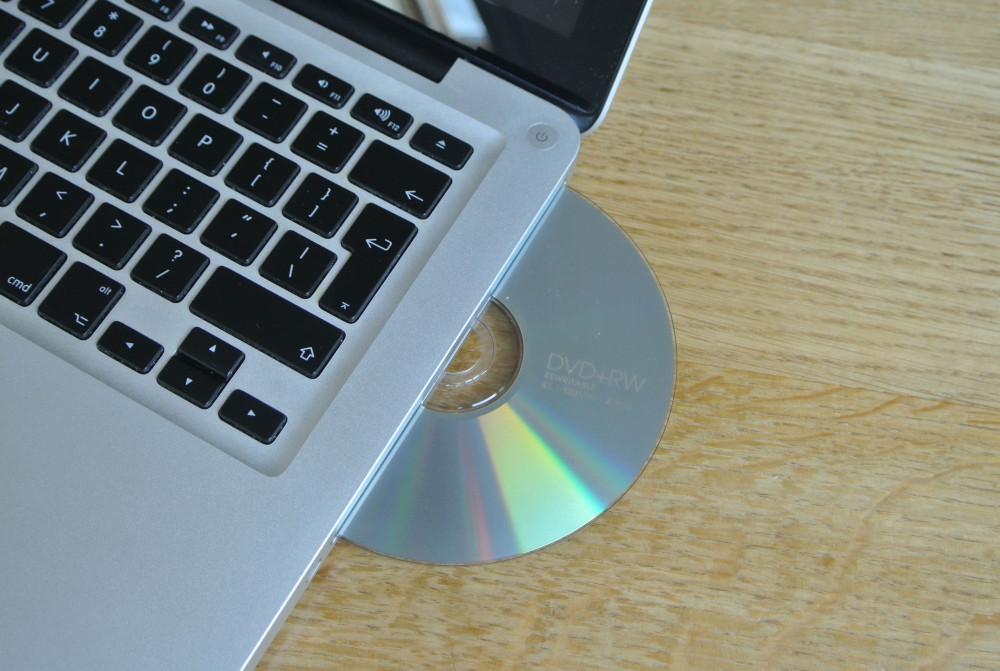

- #MACBOOK PRO UEFITOOL NVME DRIVER INSTALL#
- #MACBOOK PRO UEFITOOL NVME DRIVER DRIVERS#
- #MACBOOK PRO UEFITOOL NVME DRIVER DRIVER#
To the best of my knowledge, the best reason to want EFI driver support in rEFInd is to provide access to filesystems.
#MACBOOK PRO UEFITOOL NVME DRIVER DRIVERS#
If you happen to have a device and need support for it under EFI, searching for drivers is certainly worth doing. Chances are good that a few such drivers are available, unknown to me, and more may become available in the future. Hardware drivers are often embedded in the firmware of the devices themselves, and should be loaded automatically by the EFI. Note that most of these uses are theoretical, at least to me I don't know of any specific examples of EFI drivers (available as separate files) for most hardware, although the Clover boot loader project provides a few such drivers. (Note that you must also explicitly activate rEFInd's mouse or touch support in nf for the driver to be useful.) Note that I've not tested this myself or heard of it working, but in theory it should work, provided you find a compatible driver.


#MACBOOK PRO UEFITOOL NVME DRIVER INSTALL#
Note: The Linux efibootmgr tool provides an option, -r, that enables it to install EFI drivers rather than EFI boot loader binaries. This page tells you why you might want to use drivers, how you can install and use rEFInd's own drivers, where you can go to find other drivers, and provides tips on a few specific drivers. Thus, if you want to use EFI drivers, rEFInd's ability to do so can be useful. Although EFI implementations should be able to load drivers prior to rEFInd's launch, in my experience, most EFI implementations offer such poor control over EFI driver loading that they can't be counted on to do this.


 0 kommentar(er)
0 kommentar(er)
